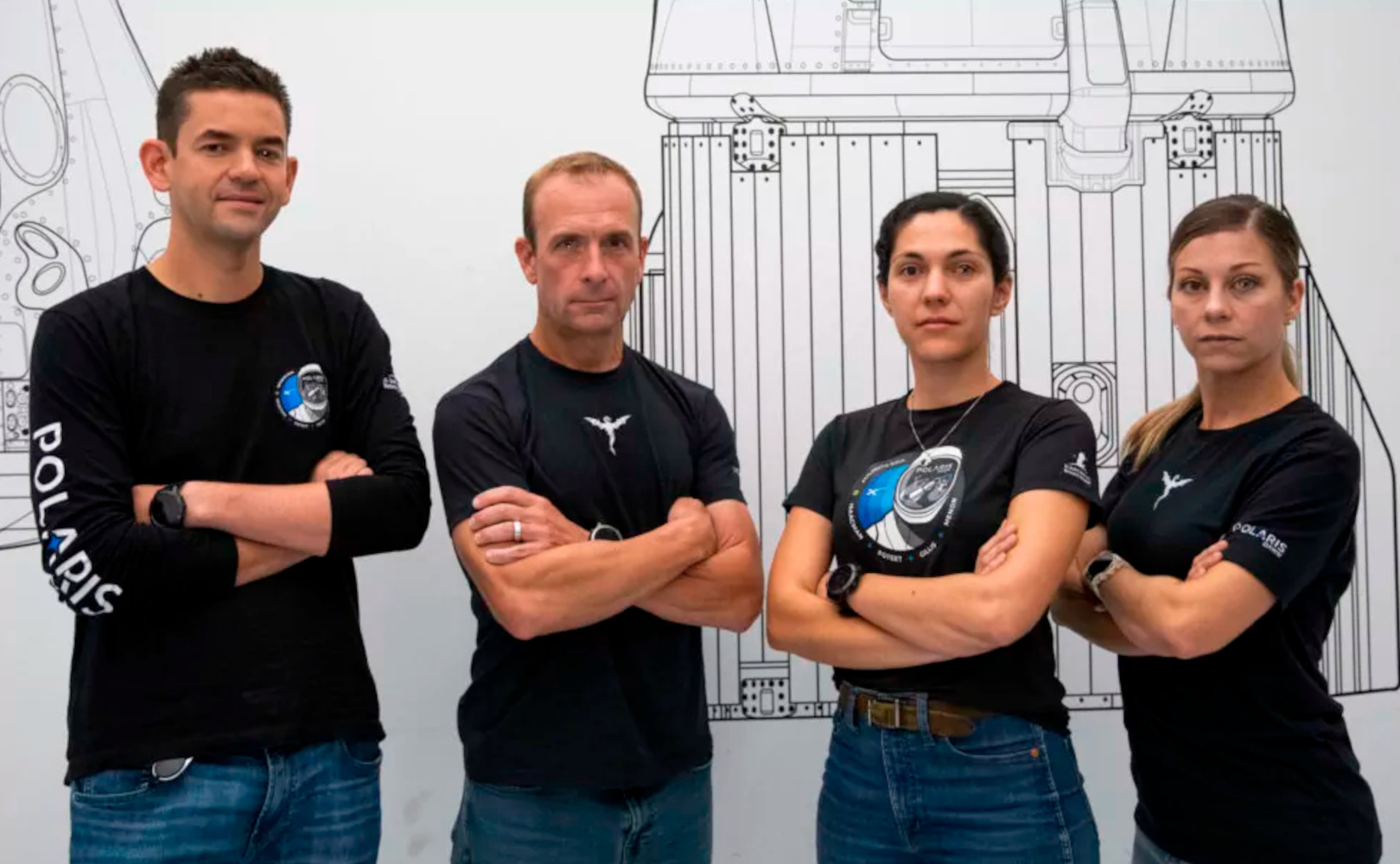Black holes themselves do not emit any radiation. No matter how you look at it, any radiation that falls inside a black hole never escapes. The gravity of these objects is so strong that to escape from a black hole, radiation must reach a speed higher than the speed of light. However, this does not change the fact that black holes are often surrounded by what is called an accretion disk in which matter trapped in the gravitational tentacles swirls around the black hole before falling outside the event horizon. Because of the high density of matter in such a disk and the strong velocities, the material forming the accretion disk heats up to tremendous speeds and begins to glow intensely.
Because of observational limitations, scientists have not yet been able to look at the material directly at the inner edge of the accretion disk, where the material that makes up the disk lies outside the event horizon. Meanwhile, this is a very interesting area, because at least according to the theory of general relativity developed by Albert Einstein, there should be a region in the accretion disk where matter stops rotating around the black hole and simply falls vertically outside the event horizon. , accelerated to a speed close to the speed of light.
Read also: We haven’t begun to learn about black holes yet. It could be more amazing than you think
Now a team of scientists from the University of Oxford has studied the inner region of the accretion disk of the black hole that belongs to the binary system MAXI J1820+070. Researchers don’t yet know whether matter’s final moments beyond the event horizon actually look as Einstein predicted – matter falling vertically beyond the event horizon is still emitting some radiation.
In their work, astronomers compare this newly observed region to the boundary beyond which the water in the river turns into a waterfall. The water stops flowing forward, accelerates and falls.
To explore a black hole 10,000 light-years away Scientists used Data collected by the NuSTAR (Nuclear Spectroscopic Telescope Array) X-ray space telescope. This data was used to create accurate models of the accretion disks around the black hole.
During the research, it turned out that the observational data fit better with a model that also takes into account additional radiation emitted by matter that stops rotating at the inner edge of the accretion disk and begins falling vertically into the black hole.
Read also: One glow is brighter than a hundred galaxies. What’s happening in the heart of galaxy OJ 287?
This discovery has broader implications for the study of the history and evolution of black holes. Astronomers studying X-rays emitted by black holes have long struggled with the problem of black holes that appear to spin faster than they can. The rotation rate of a black hole is directly related to its brightness. However, if the description of the black hole does not take into account the additional radiation emitted by material falling on the black hole at the inner edge of the accretion disk, we can conclude that the black hole is rotating faster than it actually is.
If scientists now take this additional radiation into account, the black hole’s rotation rate will likely turn out to be lower and in line with expectations. This will make it possible to better understand the nature of gravity and space-time.

Echo Richards embodies a personality that is a delightful contradiction: a humble musicaholic who never brags about her expansive knowledge of both classic and contemporary tunes. Infuriatingly modest, one would never know from a mere conversation how deeply entrenched she is in the world of music. This passion seamlessly translates into her problem-solving skills, with Echo often drawing inspiration from melodies and rhythms. A voracious reader, she dives deep into literature, using stories to influence her own hardcore writing. Her spirited advocacy for alcohol isn’t about mere indulgence, but about celebrating life’s poignant moments.


![The best dramas ever, according to viewers [RANKING] The best dramas ever, according to viewers [RANKING]](https://m.natemat.pl/e9e45dc5f68575a12d272286e932392f,1200,0,0,0.jpg)






